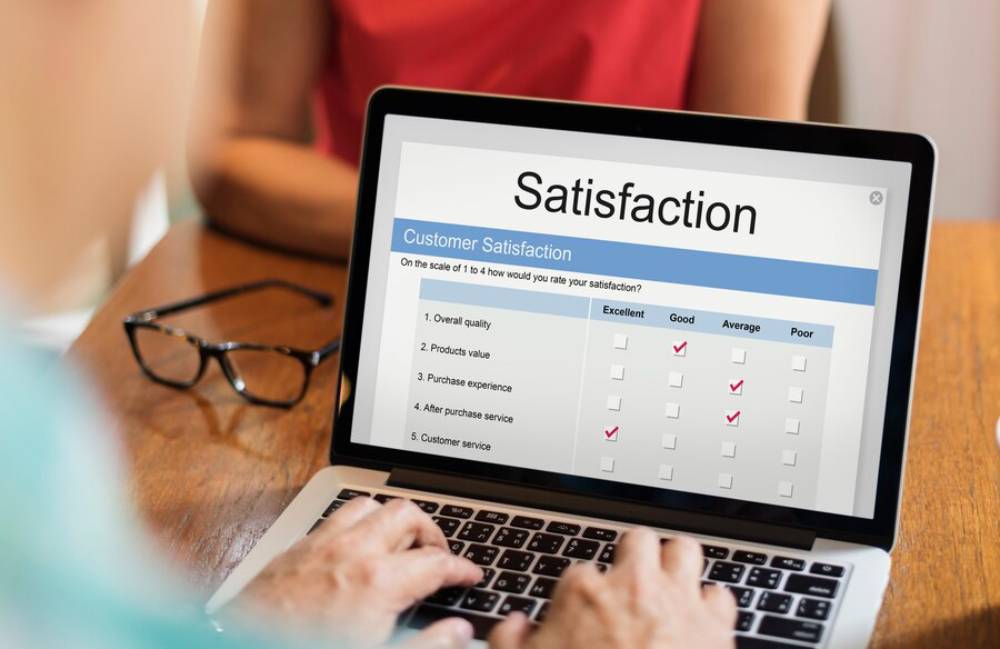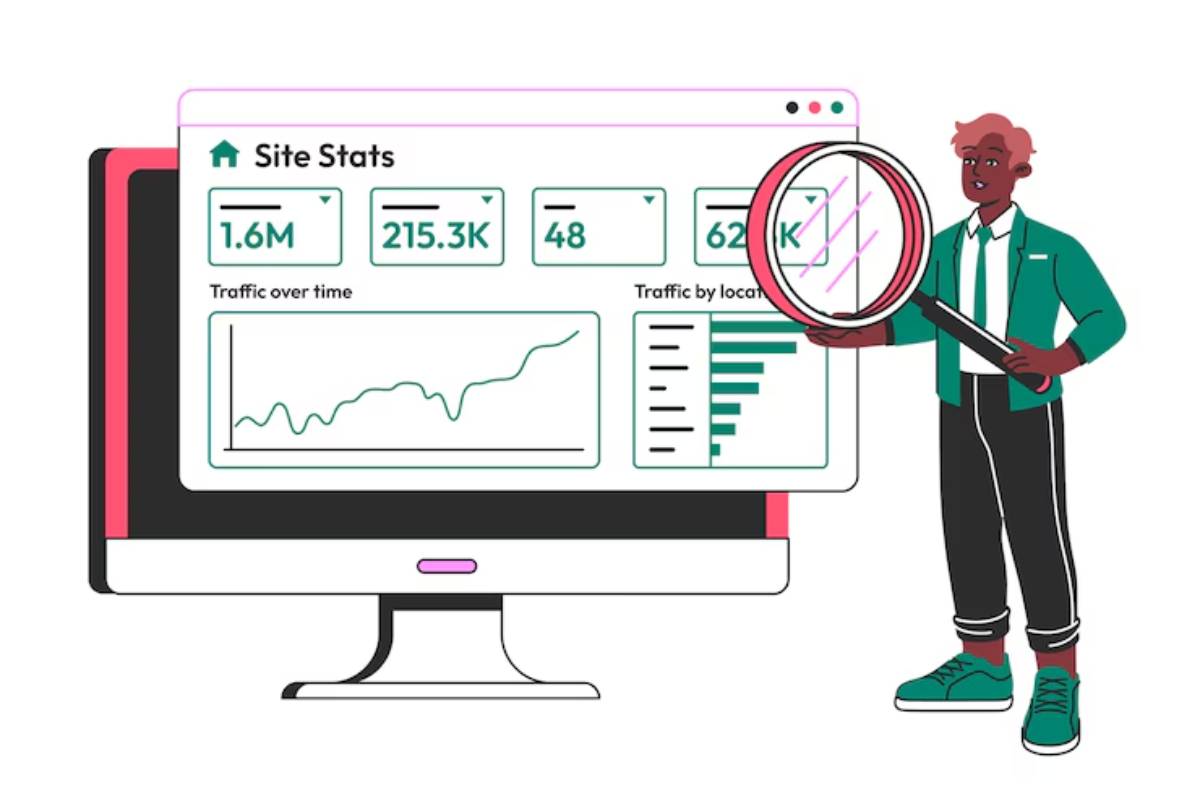
Utilizing Customer Feedback to Drive Business Improvements
Customer feedback is a key resource for business growth. Praise, complaints, or suggestions provide insight into customer needs and expectations. Listening and acting on this feedback helps refine products, improve service, and boost satisfaction.
In a competitive market, businesses that seek and use customer feedback have a big advantage. Satisfied customers return and become advocates for your brand. Ignoring feedback can lead to dissatisfaction and lost opportunities. This article covers strategies for collecting, analyzing, and using customer feedback to drive improvements.
Why Customer Feedback is Essential for Business Growth

1. Enhances Product and Service Quality
Customer feedback shows what works and what doesn’t. By identifying common issues, businesses can improve their offerings to better meet expectations.
2. Builds Stronger Customer Relationships
Customers feel valued when they are heard. When businesses seek and act on feedback, it shows commitment to satisfaction, fostering trust and loyalty.
3. Identifies Areas for Operational Improvement
From delivery delays to website usability, feedback uncovers bottlenecks and inefficiencies. This allows businesses to make informed changes.
4. Improves Customer Retention
Satisfied customers are likely to return. Addressing their concerns quickly reduces churn and enhances loyalty.
5. Strengthens Competitive Advantage
Businesses that adapt to customer needs stay ahead. Using feedback to improve ensures a more relevant brand.
Effective Ways to Collect Customer Feedback

1. Customer Surveys
Surveys are a direct way to gather feedback. Short, targeted surveys provide valuable insights without overwhelming customers.
Best Practices for Surveys:
- Keep them short and focused (5-10 questions max).
- Use both multiple-choice and open-ended questions.
- Offer incentives (discounts, points) to boost response rates.
2. Online Reviews and Ratings
Platforms like Google Reviews, Trustpilot, and social media are public feedback channels. Monitoring and responding to reviews helps address concerns and showcase great service.
3. Social Media Listening
Customers share opinions on platforms like Twitter, Facebook, and Instagram. Using social listening tools helps businesses track mentions, analyze sentiment, and engage.
4. Customer Support Interactions
Support tickets, live chats, and emails provide real-time feedback. Businesses should track recurring issues to improve products or service.
5. Net Promoter Score (NPS)
NPS measures satisfaction by asking: “On a scale of 0-10, how likely are you to recommend us?” Responses categorize customers as promoters, passives, or detractors, offering a clear gauge of satisfaction.
Analyzing Customer Feedback for Actionable Insights
1. Categorize Feedback
Sort feedback into categories like product quality, pricing, service, and usability. Identifying patterns helps prioritize improvements.
2. Use Sentiment Analysis Tools
AI tools like Google NLP or Brandwatch can process large amounts of feedback and determine positive, neutral, or negative sentiments.
3. Identify Recurring Themes
If many customers mention the same issue, it signals an urgent area for improvement. Take these insights seriously and prioritize solutions.
4. Compare Feedback Over Time
Tracking feedback changes helps businesses measure the effectiveness of improvements.
Implementing Changes Based on Customer Feedback
1. Prioritize the Most Impactful Changes
Not all feedback needs immediate action. Focus on high-impact areas that greatly affect customer experience, like product features, pricing, or delivery speed.
2. Communicate Changes to Customers
Customers like to know their input matters. Announce improvements through emails, social media, or website banners to show responsiveness.
3. Train Staff Based on Feedback
Customer service teams should train on areas needing improvement to provide better service and address concerns.
4. Continuously Test and Adapt
Business environments and expectations change. Regularly seeking and implementing feedback ensures ongoing growth.
Conclusion: Turning Customer Feedback into Business Success

Customer feedback is more than opinions—it’s a guide for business success. When businesses collect, analyze, and use feedback, they can improve products, enhance customer experiences, and build stronger relationships.
Ignoring feedback can lead to losing customers to more responsive competitors. On the other hand, businesses that value customer input gain trust, loyalty, and long-term growth.
Incorporating feedback is not a one-time task; it’s an ongoing strategy. By promoting a culture of listening and flexibility, businesses can create products and services that truly meet customer needs. The brands that listen thrive—start using customer feedback today and watch your business grow.
Moreover, businesses that effectively integrate customer feedback see benefits beyond just increased revenue. They foster a customer-centric culture that encourages open communication and builds lasting relationships. By continually refining their approach based on real experiences, they position themselves as industry leaders who genuinely care about their customers.


